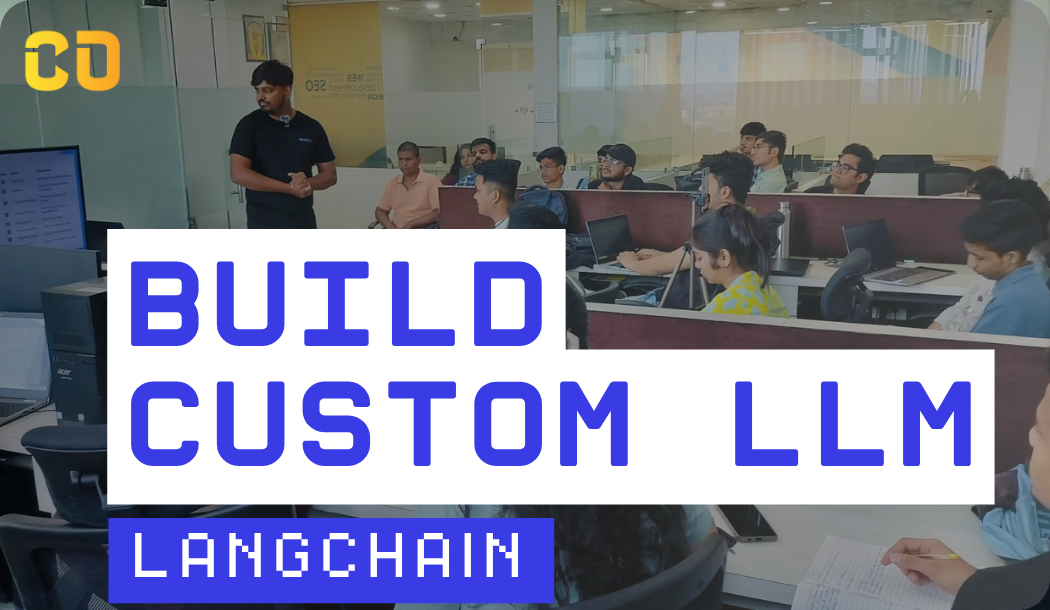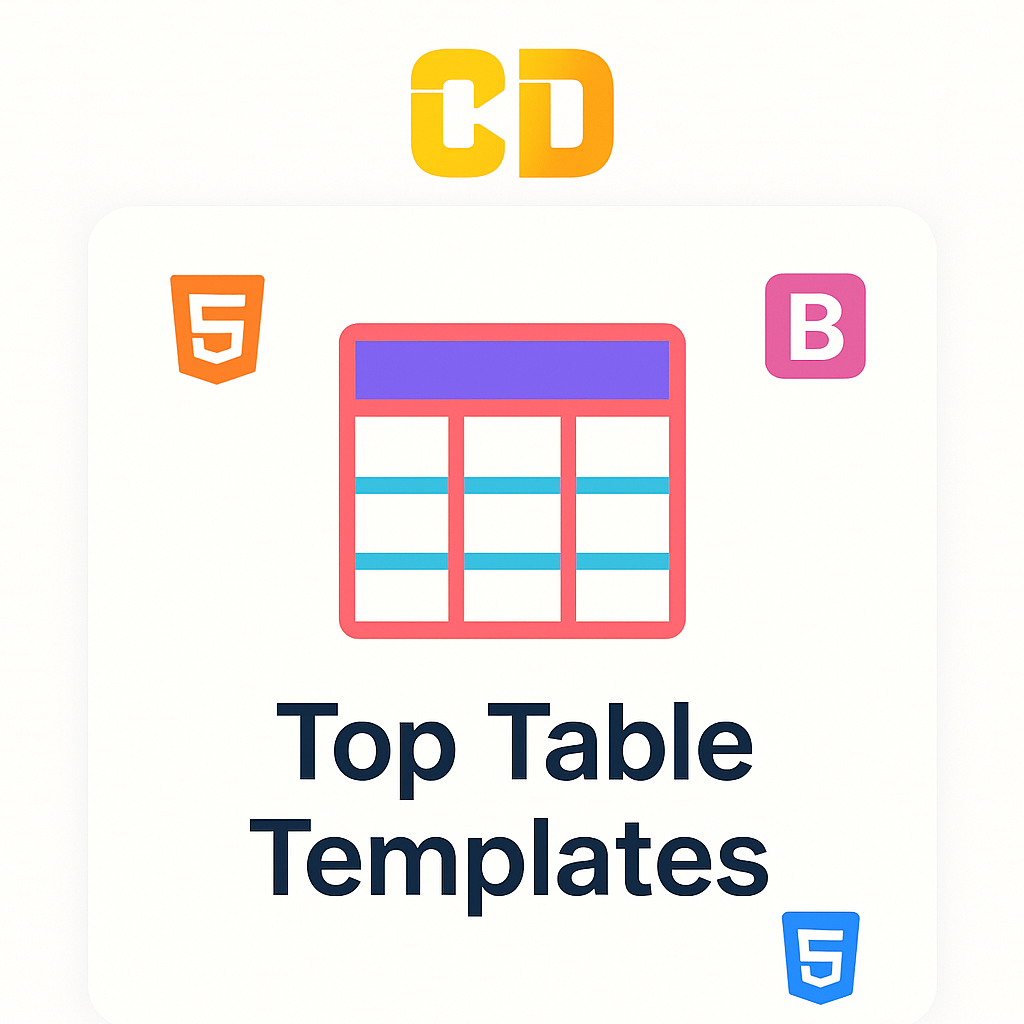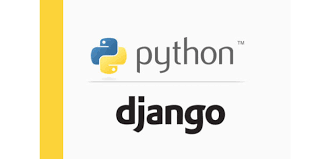Java is one of the most widely used programming languages, known for its portability, security, and extensive libraries. Wipro, as a leading technology services provider, often seeks skilled Java Developers to join their team. This blog outlines the top 20 Java Developer interview questions and provides comprehensive answers to help you prepare for your interview.
1. What is Java?
Java is a high-level, object-oriented programming language developed by Sun Microsystems (now owned by Oracle). It is designed to be platform-independent, meaning that Java code can run on any device that has a Java Virtual Machine (JVM).
2. What are the main features of Java?
Some key features of Java include:
- Platform Independence: Java code is compiled into bytecode, which can run on any platform with a JVM.
- Object-Oriented: Java follows object-oriented programming principles, enabling code reuse and modular design.
- Automatic Memory Management: Java has a built-in garbage collector that automatically manages memory allocation and deallocation.
- Robustness: Java has strong error handling mechanisms, reducing the likelihood of crashes.
3. Explain the concept of object-oriented programming in Java.
Object-oriented programming (OOP) is a programming paradigm that uses objects to represent data and methods. The four main principles of OOP in Java are:
- Encapsulation: Bundling data and methods that operate on that data within a single unit (class).
- Inheritance: Mechanism that allows one class to inherit properties and behaviors from another class.
- Polymorphism: Ability of different classes to be treated as instances of the same class through interfaces or abstract classes.
- Abstraction: Hiding complex implementation details and exposing only the necessary features of an object.
4. What are the different access modifiers in Java?
Java has four access modifiers that control the visibility of class members:
- public: Accessible from any class.
- private: Accessible only within the same class.
- protected: Accessible within the same package and subclasses.
- default (no modifier): Accessible only within the same package.
5. What is the difference between an interface and an abstract class?
- Interface: A contract that defines methods without implementations. A class can implement multiple interfaces.
- Abstract Class: A class that can have both abstract (unimplemented) methods and concrete (implemented) methods. A class can extend only one abstract class.
6. Explain the Java exception handling mechanism.
Java provides a robust exception handling mechanism that allows developers to manage runtime errors using try, catch, and finally blocks. The main components are:
- try: A block of code that may throw an exception.
- catch: A block that handles the exception.
- finally: A block that executes regardless of whether an exception was thrown or caught.
7. What is the difference between checked and unchecked exceptions?
- Checked Exceptions: Exceptions that must be declared in the method signature or handled with a
try-catchblock (e.g., IOException). - Unchecked Exceptions: Exceptions that do not require explicit handling and are subclasses of
RuntimeException(e.g., NullPointerException).
8. What is the Java Collections Framework?
The Java Collections Framework is a set of classes and interfaces that implement commonly used data structures (e.g., lists, sets, maps) and algorithms for storing, retrieving, and manipulating data. Key components include:
- List: An ordered collection (e.g., ArrayList, LinkedList).
- Set: A collection that does not allow duplicate elements (e.g., HashSet, TreeSet).
- Map: A collection of key-value pairs (e.g., HashMap, TreeMap).
9. What is a Java Stream?
Java Streams are a feature introduced in Java 8 that allow for functional-style operations on sequences of elements, such as collections. Streams support operations like filtering, mapping, and reducing, enabling efficient data processing.
10. Explain the concept of multithreading in Java.
Multithreading is the ability of a program to execute multiple threads simultaneously, improving performance and responsiveness. In Java, threads can be created by extending the Thread class or implementing the Runnable interface.
11. What is the purpose of the synchronized keyword?
The synchronized keyword is used to control access to a method or block of code by multiple threads. It ensures that only one thread can access the synchronized block at a time, preventing race conditions.
12. What is the difference between String, StringBuilder, and StringBuffer?
- String: Immutable character sequences. Once created, their values cannot be changed.
- StringBuilder: Mutable character sequences. Not synchronized, making it faster for single-threaded operations.
- StringBuffer: Mutable character sequences. Synchronized, making it thread-safe but slower than StringBuilder.
13. What are lambda expressions in Java?
Lambda expressions, introduced in Java 8, provide a concise way to represent anonymous functions (functional interfaces). They enable functional programming features like passing behavior as parameters, improving code readability and reducing boilerplate.
14. What is the purpose of the final keyword?
The final keyword is used to restrict the user from modifying the value of a variable, method, or class. It can be applied to:
- Variables: The value cannot be changed after initialization.
- Methods: The method cannot be overridden by subclasses.
- Classes: The class cannot be subclassed.
15. Explain the concept of garbage collection in Java.
Garbage collection is the automatic process of identifying and reclaiming memory occupied by objects that are no longer in use. Java’s garbage collector runs in the background and helps prevent memory leaks, ensuring efficient memory management.
16. What is the Singleton Design Pattern?
The Singleton Design Pattern ensures that a class has only one instance and provides a global point of access to it. It is commonly used for managing shared resources such as configurations and database connections.
17. What are design patterns, and why are they important?
Design patterns are reusable solutions to common software design problems. They provide best practices and templates for building scalable and maintainable software, improving communication among developers.
18. What is the purpose of the volatile keyword?
The volatile keyword is used to indicate that a variable’s value may be modified by different threads. It ensures that reads and writes to the variable are directly done in the main memory, preventing thread caching issues.
19. How do you perform unit testing in Java?
Unit testing in Java is commonly performed using testing frameworks like JUnit or TestNG. These frameworks provide annotations and assertions to write test cases, allowing developers to validate individual components of their code.
20. Why do you want to work for Wipro?
In this question, express your admiration for Wipro’s innovative projects, commitment to technology, and strong work culture. Highlight how the company's values align with your career goals and your eagerness to contribute to its success.
Conclusion
Preparing for a Java Developer interview requires a solid understanding of both fundamental and advanced concepts of Java. Familiarizing yourself with these questions and answers will equip you to face your interview at Wipro with confidence.
Good luck!








Add a comment: